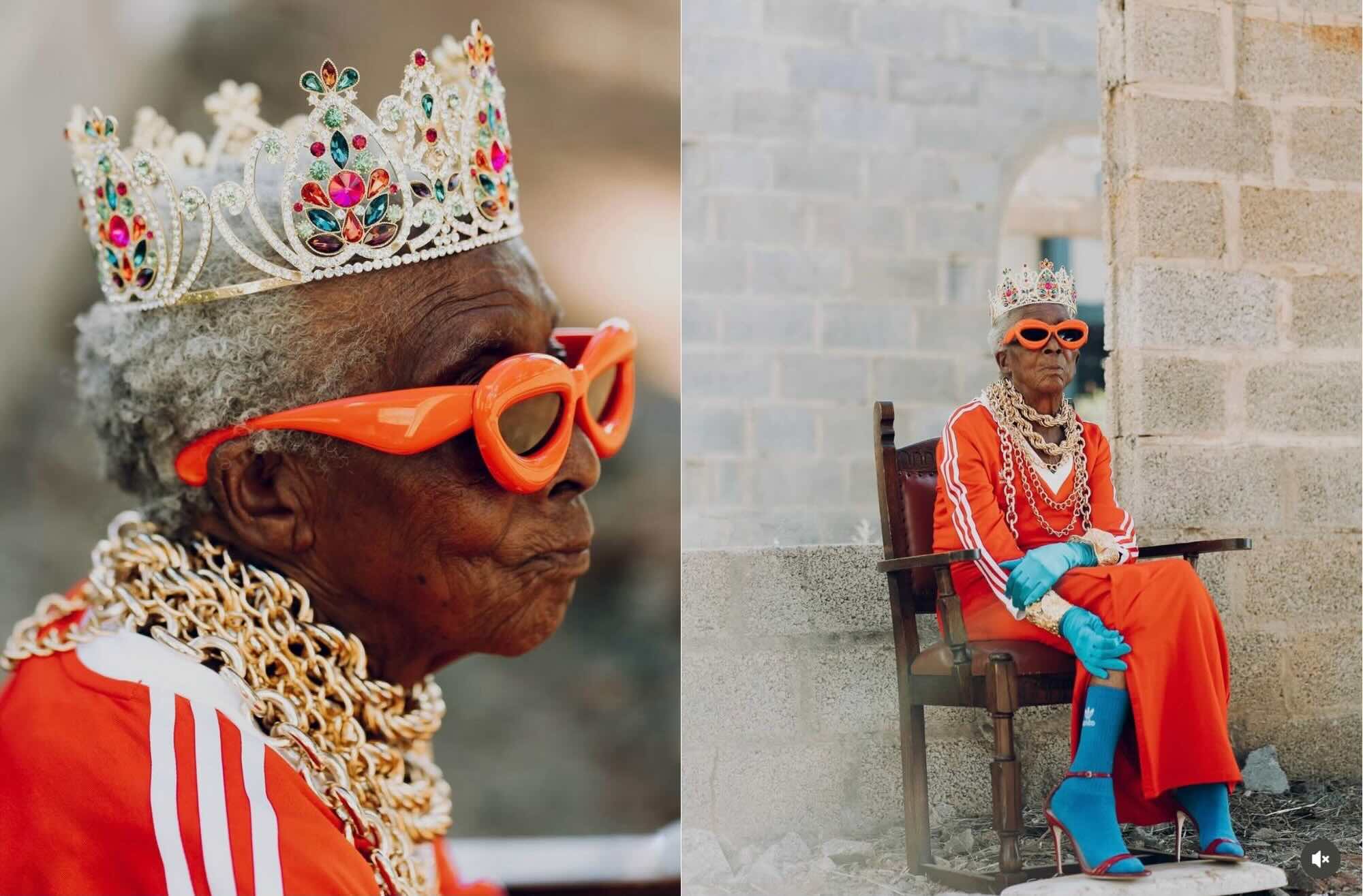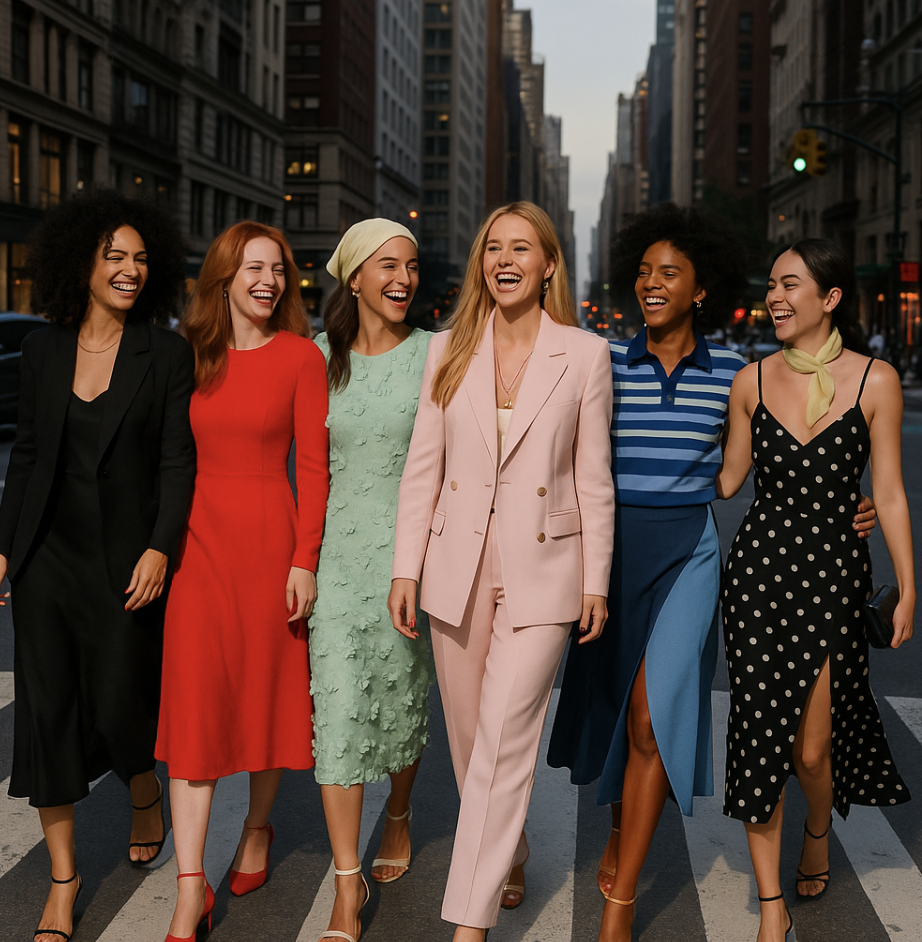At 85, Margaret Chola—known to her growing global audience as @legendary_glamma—is rewriting the rules of fashion. From her rural Zambian village to the screens of tens of thousands worldwide, she embodies a truth often overlooked in style: age is not a limitation, but a canvas. Her images are not just beautiful; they are disruptive, reshaping conversations about aging, representation, and legacy.

A Collaboration Born of Family
The story began quietly, as many powerful movements do. Diana Kaumba, Margaret’s granddaughter and the stylist behind @thevintagepoint_, visited her grandmother and asked if she would try on a few pieces she had brought. The idea was playful, intimate—fashion as a bridge between generations. But once Margaret stepped into the clothes, something shifted. Diana styled her grandmother in bold silhouettes, layered jewelry, and dramatic accessories, and together they began photographing the results.
What started as a family project quickly grew into a phenomenon. Posts of Margaret in Adidas red tracksuits topped with a crown, in sweeping gowns paired with oversized sunglasses, or in glittering sequins and patterned scarves went viral. Suddenly, a grandmother from rural Zambia had become a fashion muse.
“My very own grandmother walked in my very first fashion show. Now that’s legendary!” – Diana Kaumba (@thevintagepoint_)
Just days ago, Diana shared that Margaret walked in her debut fashion show—a moment that cemented not just their bond, but their shared legacy. For Diana, it was a dream realized; for Margaret, it was another reminder that life can bloom with new purpose at any age.
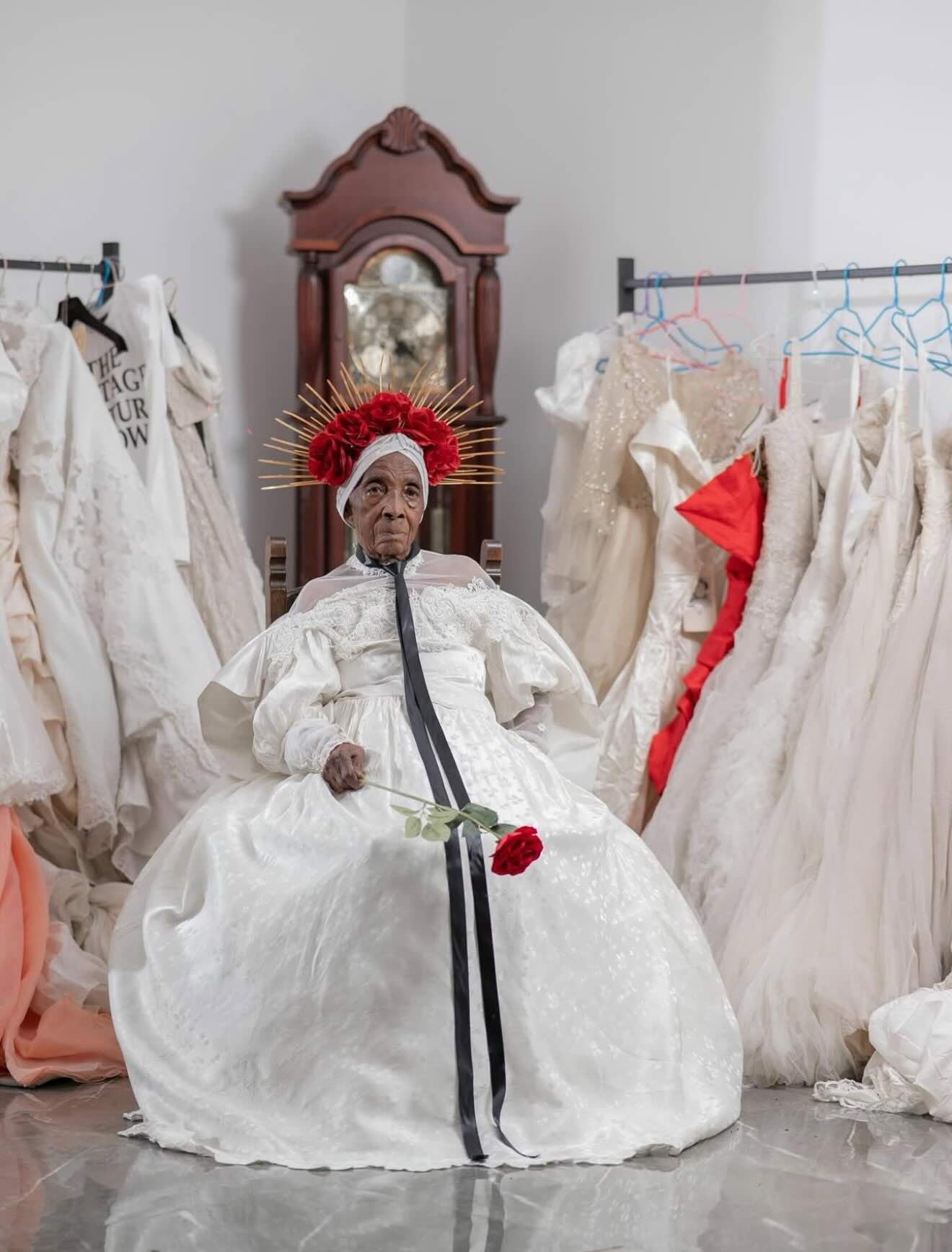
Age Is a Runway
The heart of Margaret’s appeal is not simply that she looks striking in couture. It is the way she inhabits each look, unafraid of gaze or judgment. Her presence on Instagram disrupts entrenched expectations that older women should fade into invisibility, retreat into modest dress, or relinquish self-expression.
Instead, she wears oversized crowns with casual authority. She dons floor-length gowns in cracked courtyards and sequined capes under open skies. She poses with poise, humor, and grace. In doing so, she tells us: glamour is not bound to youth, nor is style the possession of any single culture or geography.
Her following has swelled into the hundreds of thousands, with fashion enthusiasts, cultural commentators, and admirers drawn to the audacity of her image. The posts are joyful but also quietly radical. They argue for a future in which age expands possibility, rather than contracts it.
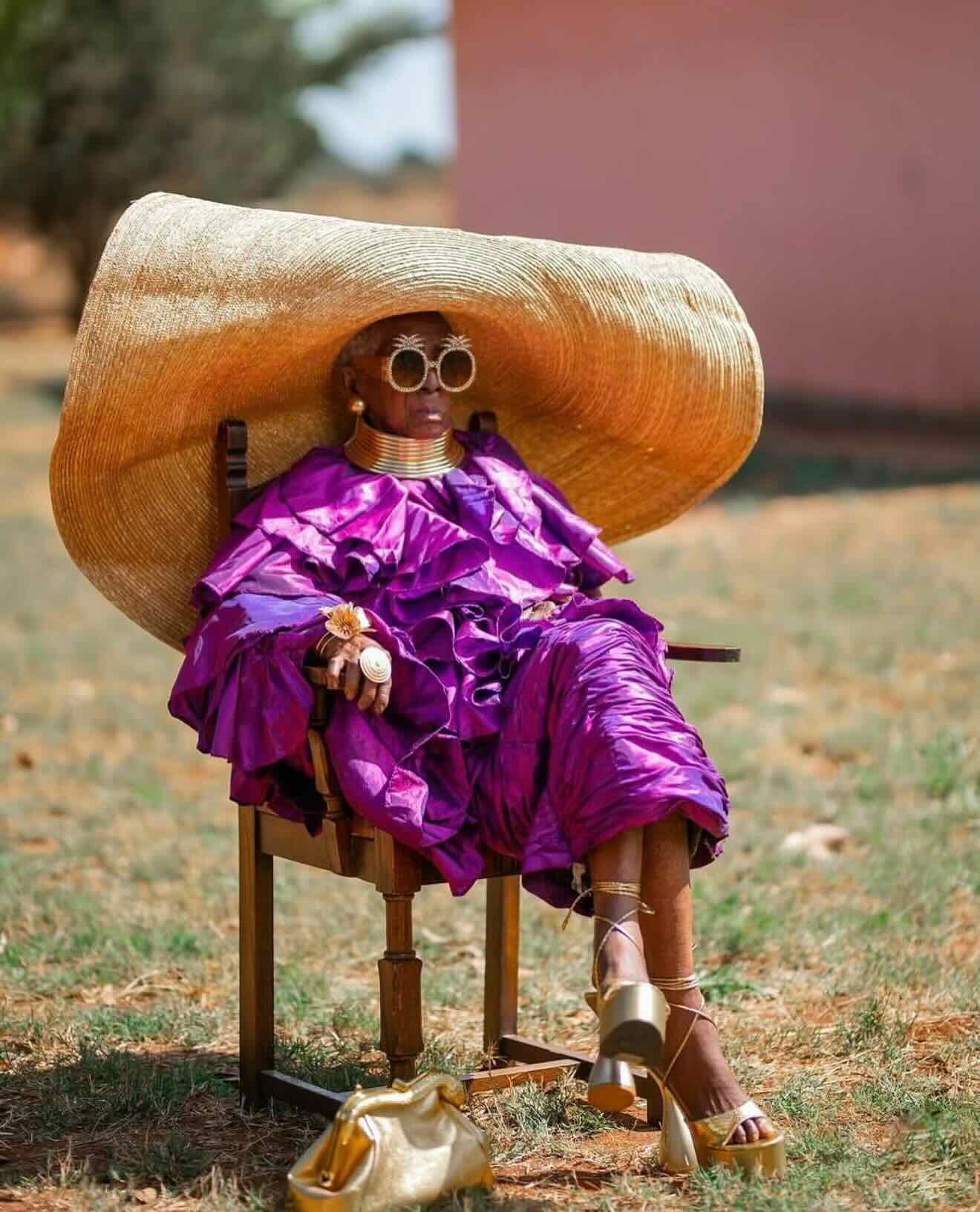
The Power of Contrast
Part of the magic lies in the settings. Margaret’s shoots are not staged in glossy studios, but in familiar environments: village courtyards, fields, unfinished walls, or surrounded by the textures of everyday Zambian life. This backdrop makes each look sing louder, situating global fashion language within a distinctly local context.
When Margaret sits in a regal purple gown under the blazing sun, framed by the vastness of rural Zambia, the effect is arresting. Sequins catch natural light in a way studio lamps never could. A New York Yankees cap suddenly feels transformed when perched atop the head of an octogenarian grandmother in rural Africa.
These juxtapositions are not accidental—they are part of the artistry. They underscore the universality of fashion: the ability of clothes to tell stories that cross geography, generation, and tradition.

Legacy and Heritage
Beneath the surface, the collaboration between grandmother and granddaughter is about more than fashion. It is about legacy. For Diana, each look is a way to honor her grandmother’s resilience, her life, and her beauty. For Margaret, it is a rediscovery of self—a reminder that she is seen, valued, and celebrated.
The intergenerational bond is palpable in every image. Diana styles with reverence, balancing modern silhouettes with references to cultural heritage. Margaret wears each piece with pride, her expressions telling stories words cannot capture. The shoots become archives of memory, preserving family history while opening new possibilities for the future.
Global Ripples
The impact of Margaret’s rise as Legendary Glamma reaches beyond Zambia. Fashion media outlets have taken notice, covering her story in The Guardian and The Indian Express. She has been celebrated as proof that creativity has no age, and that style can emerge from places long overlooked by the global fashion machine.
Not all feedback has been positive—at first, some critics in Zambia dismissed the project as inappropriate, saying Margaret should dress “age-appropriately.” Yet the persistence of Margaret and Diana’s vision has softened these voices, sparking conversations about dignity, self-expression, and the roles of older women in society.
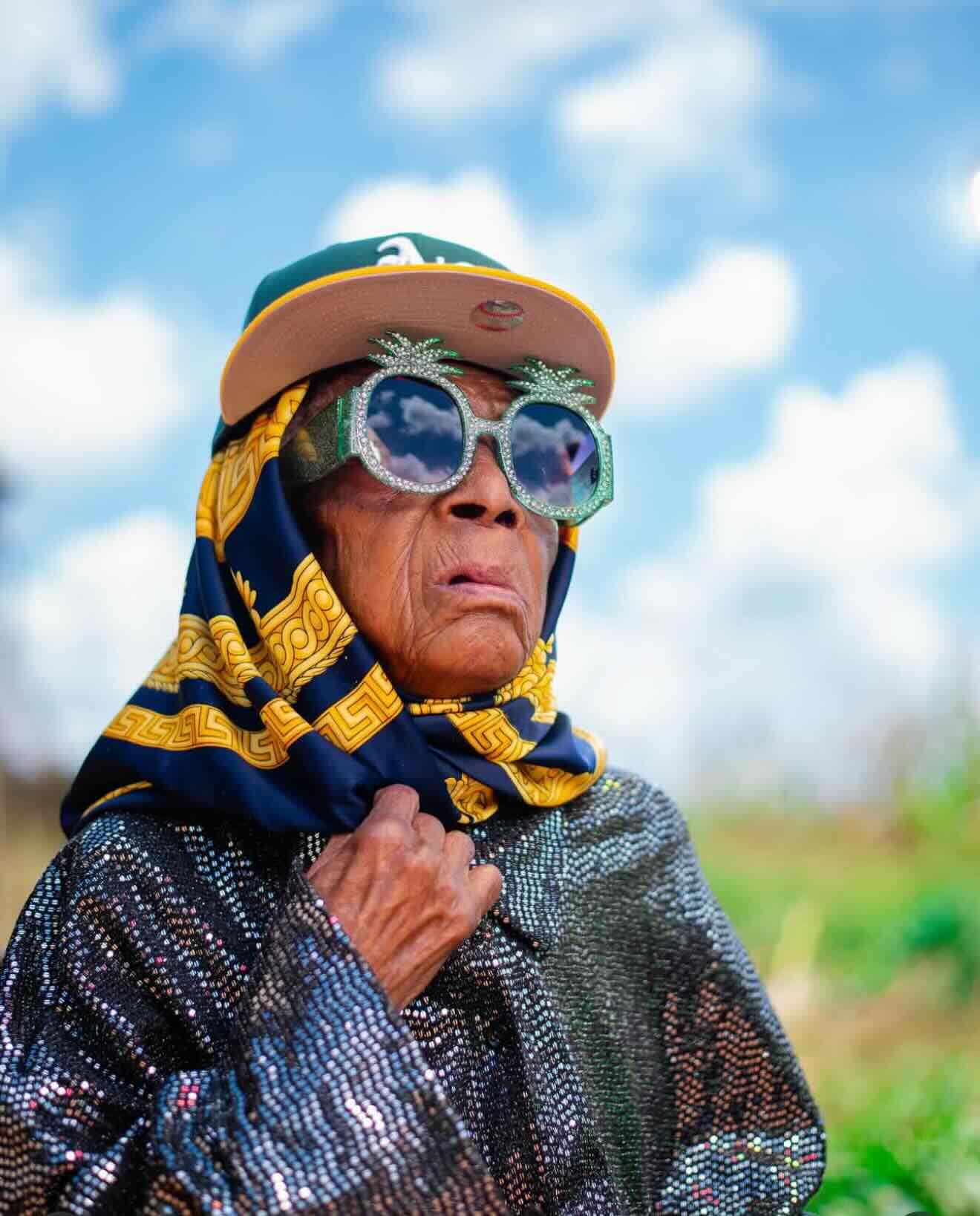
More Than Fashion
Ultimately, the rise of Legendary Glamma is not simply a fashion story. It is a cultural statement. It challenges narrow definitions of beauty, amplifies African creativity, and insists that glamour belongs to all of us—regardless of where we live or how old we are.
For Margaret, this project has been transformative. She has spoken of how it has given her a new sense of purpose, of being seen in a way she never imagined. For her granddaughter, it is a way of honoring family while pushing the boundaries of her own creative work.
Together, they are writing a new narrative: one where fashion is not bound by the industry’s obsession with youth, where legacy is built across generations, and where style serves as both art and testimony.
As one fan commented under her photo: “When we say an African idol is not limited by shape or age, this is exactly what we mean.”
And that is what makes Margaret Chola—Legendary Glamma—so unforgettable. She does not just wear fashion; she transforms it into a living archive of resilience, joy, and possibility.
Credits:
- Muse: @legendary_glamma (Margaret Chola)
- Styling: @thevintagepoint_ (Diana Kaumba)
- Photography: @newartscreativ / others credited in posts
- Sources: The Guardian, The Indian Express

